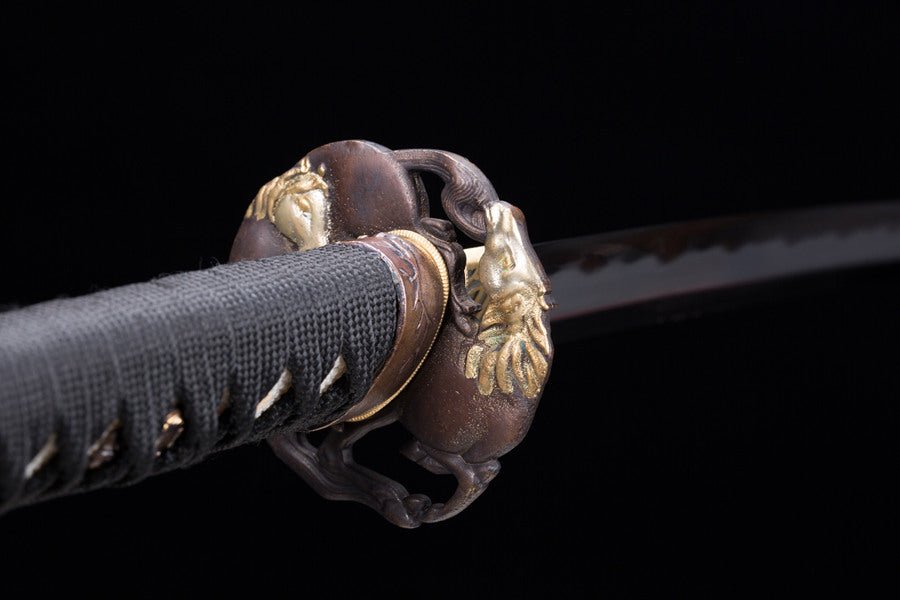The Mastery of Bizen Nagamitsu: A Legacy Forged in Steel
In the rich history of Japanese sword-making, few names stand out like Bizen Nagamitsu. Active during the late Kamakura to early Nanbokucho period (approximately late 13th to early 14th century), Nagamitsu's exceptional craftsmanship and the artistic beauty of his blades have cemented his legacy as one of Japan's most revered swordsmiths.
Early Life and Background
Bizen Nagamitsu was the son of the renowned swordsmith Bizen Mitsutada, the founder of the Bizen Osafune school. This school, located in the Bizen province (now part of Okayama Prefecture), was famous for producing some of Japan’s finest swords. Under his father's tutelage, Nagamitsu honed his skills and developed a style that would define his career and influence generations of swordsmiths.
Craftsmanship and Style
Nagamitsu’s blades are distinguished by their elegant design and technical perfection. Key features of his swords include:
- Hamon (Temper Line): His blades often feature a complex and beautiful hamon, typically a combination of choji-midare (clove blossom pattern) and gunome (zigzag pattern). This intricate design not only enhances the sword's aesthetic appeal but also reflects the superior tempering techniques used to achieve it .
- Hada (Grain Pattern): Nagamitsu's swords are known for their finely detailed hada, a grain pattern that results from the folding and forging process. This pattern, often described as resembling fine wood grain, contributes to the blade's strength and flexibility .
- Sugata (Shape): His swords exhibit characteristics typical of the Kamakura period, including a graceful curvature and a pronounced taper towards the tip. This design not only makes the swords visually striking but also enhances their effectiveness in combat .
Notable Works and Legacy
One of Nagamitsu’s most celebrated works is a katana with a flawless edge and a beautifully balanced design. His swords are not just functional weapons but also works of art, adorned with meticulous engravings and motifs that often symbolize various virtues such as strength, honor, and courage.
The high quality of Nagamitsu's work is evidenced by the numerous swords attributed to him that have been designated as National Treasures and Important Cultural Properties of Japan. These blades are prized by collectors and historians for their exceptional craftsmanship and historical significance.
The Influence of Nagamitsu
Nagamitsu’s influence extends beyond his own work. The stylistic and technical innovations he introduced continued to shape the Osafune school's output long after his time. Swordsmiths such as Kagemitsu and Morimitsu, who followed in his footsteps, carried on his legacy of excellence, ensuring that the name Nagamitsu remained synonymous with superior Japanese sword-making.
Conclusion
Today, the swords of Bizen Nagamitsu are revered as masterpieces of Japanese craftsmanship. They are not only valued for their practical use in historical contexts but also admired as artistic treasures that embody the spirit and culture of the samurai. Nagamitsu’s contributions to the art of sword-making continue to inspire awe and admiration, a testament to his skill and dedication to his craft.
For those interested in the rich history of Japanese swords, the work of Bizen Nagamitsu represents the pinnacle of craftsmanship and the enduring legacy of the samurai era.

